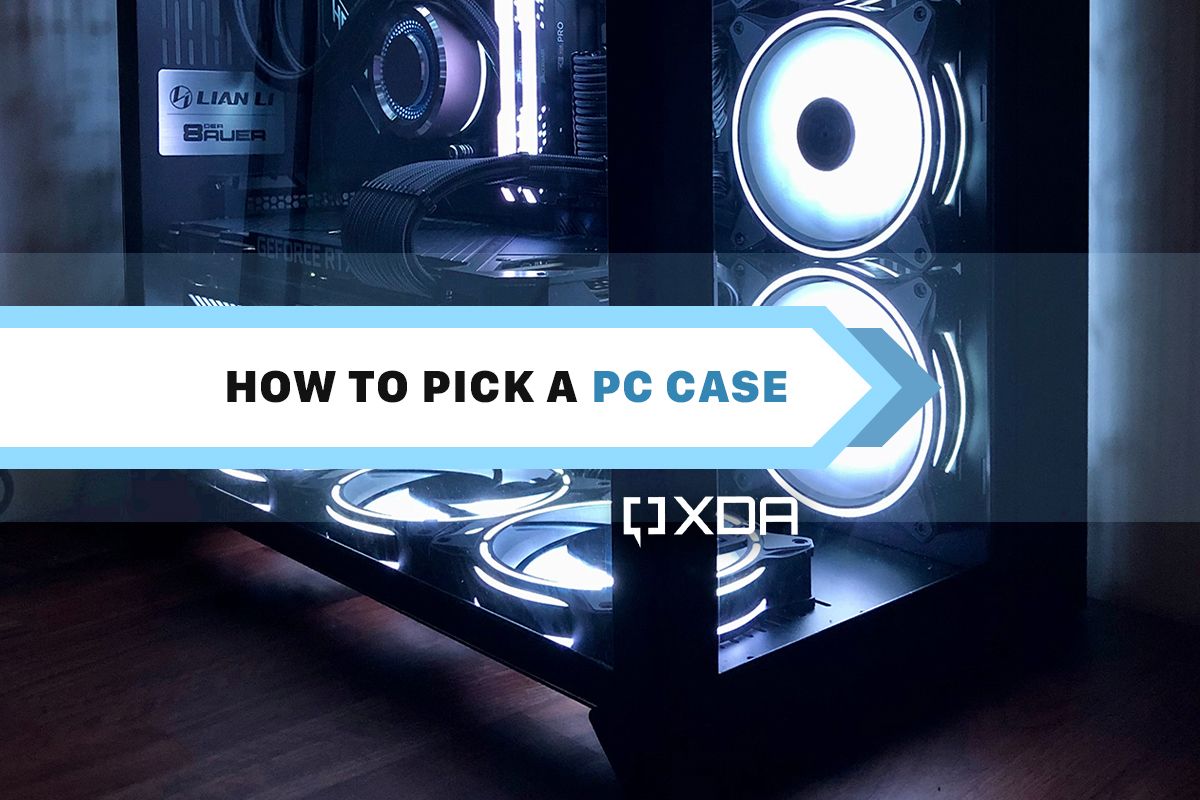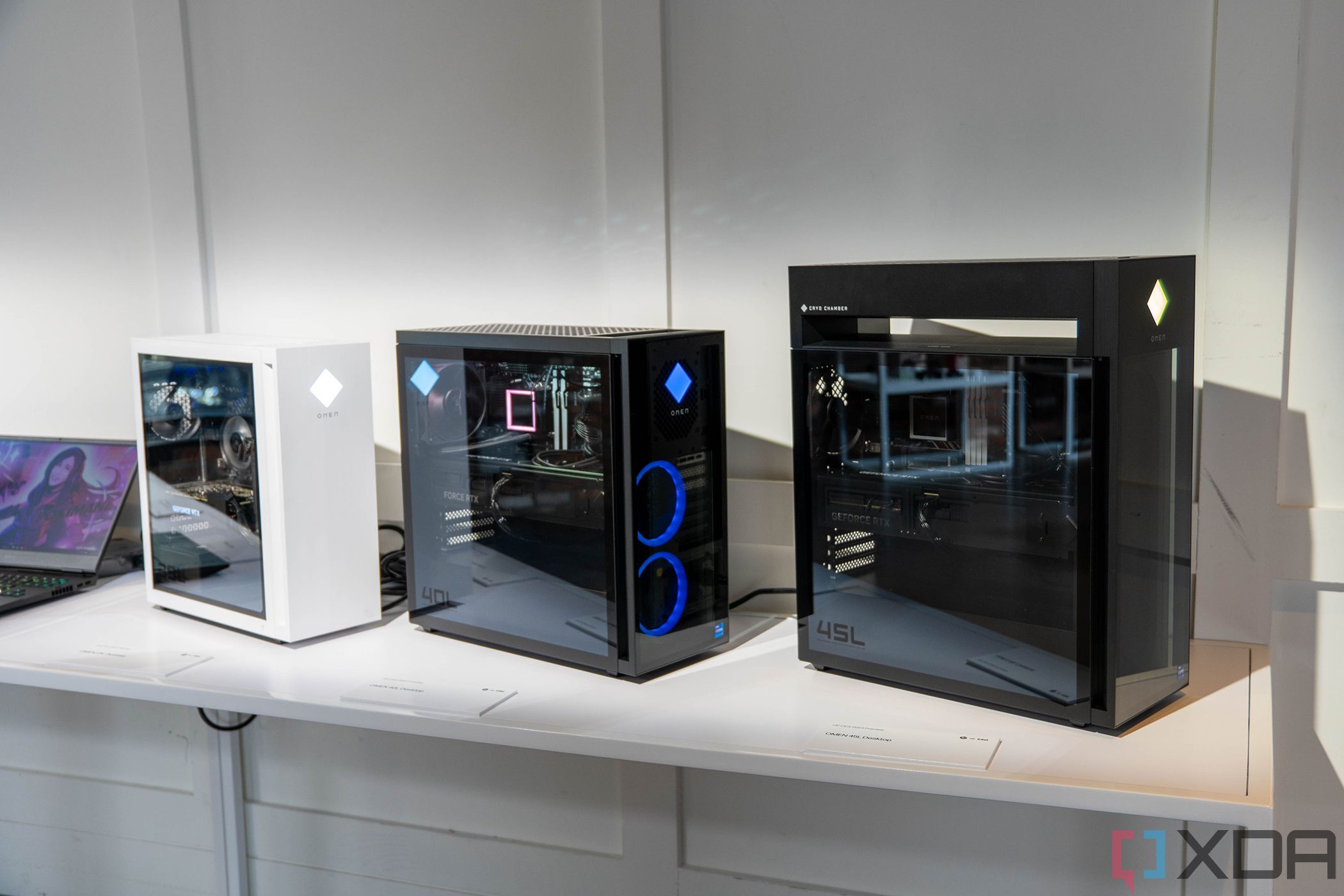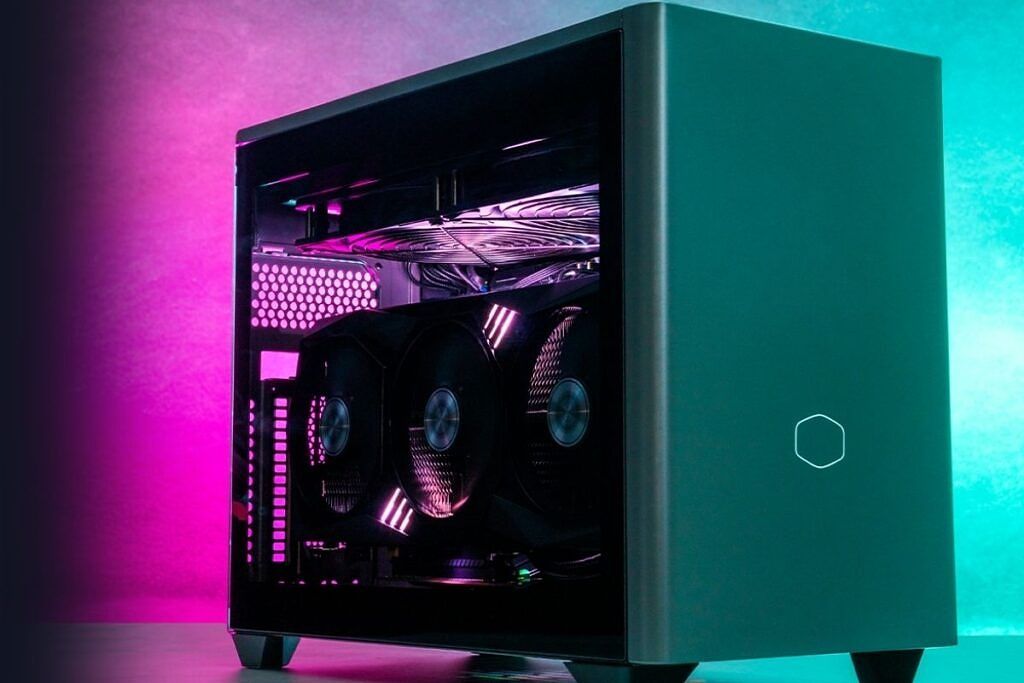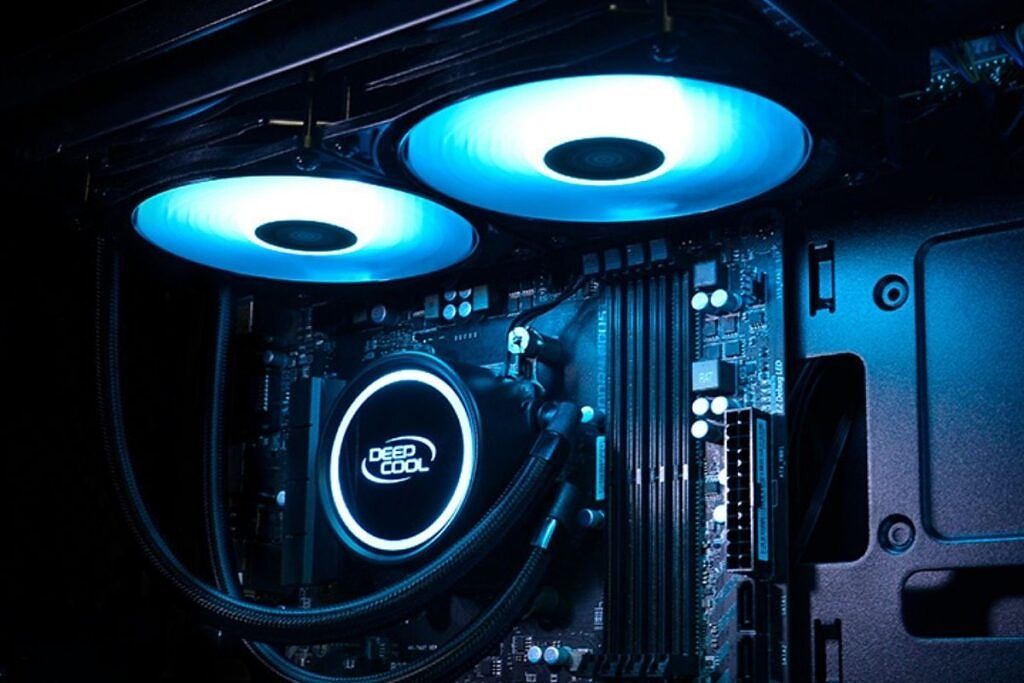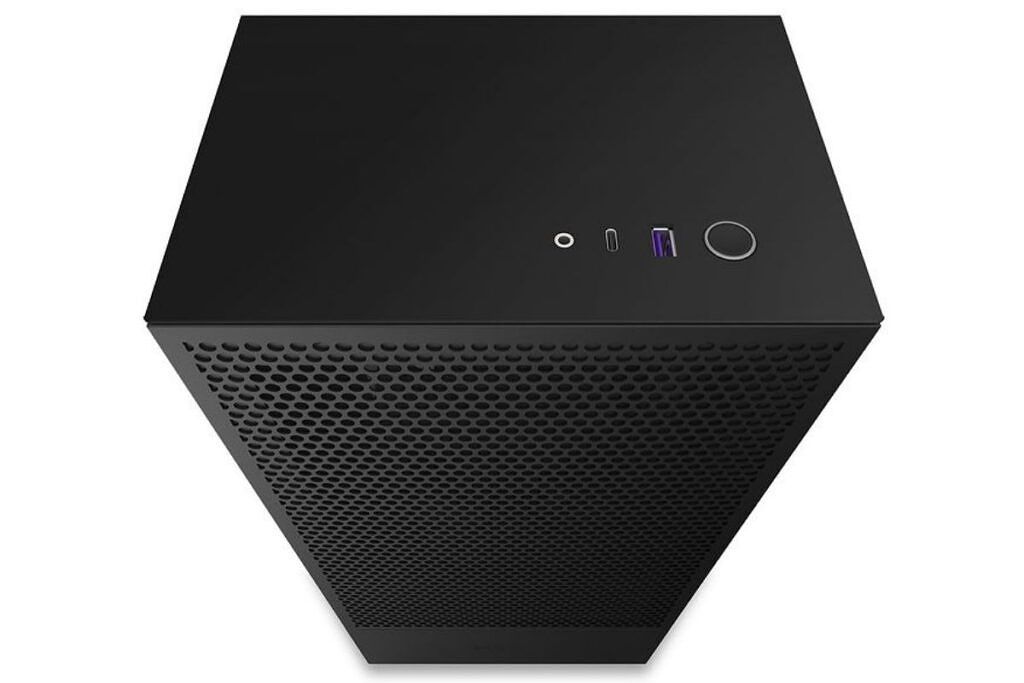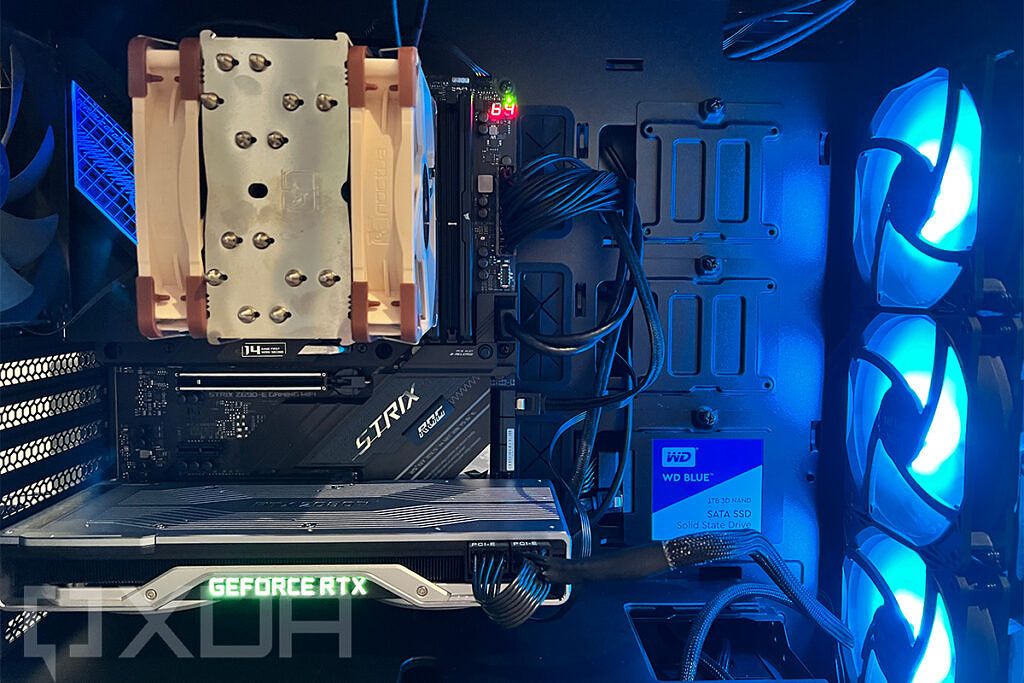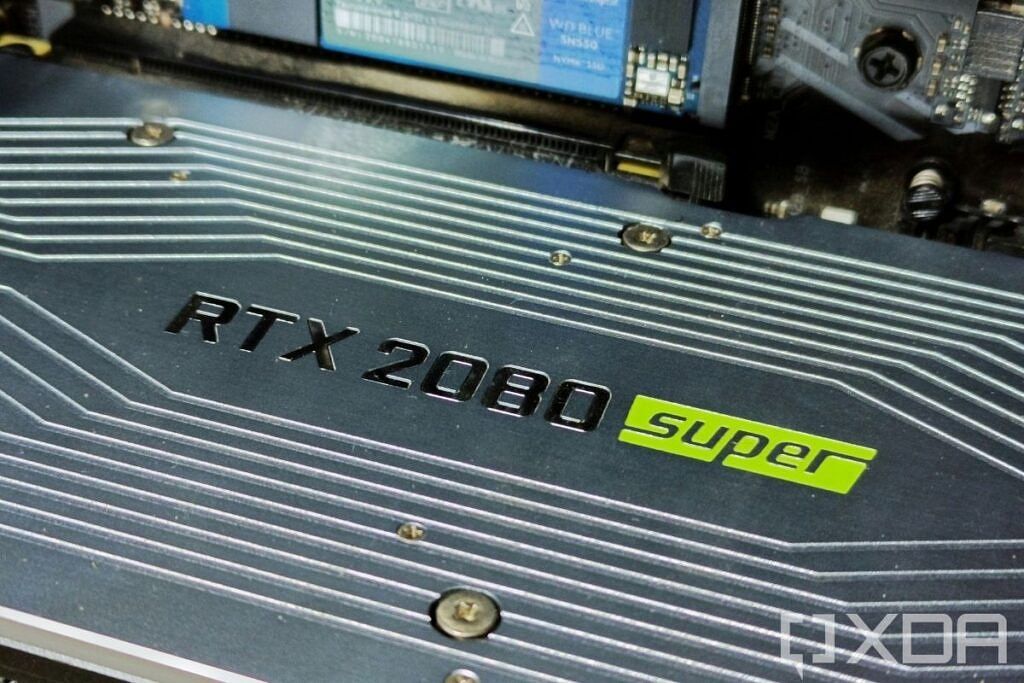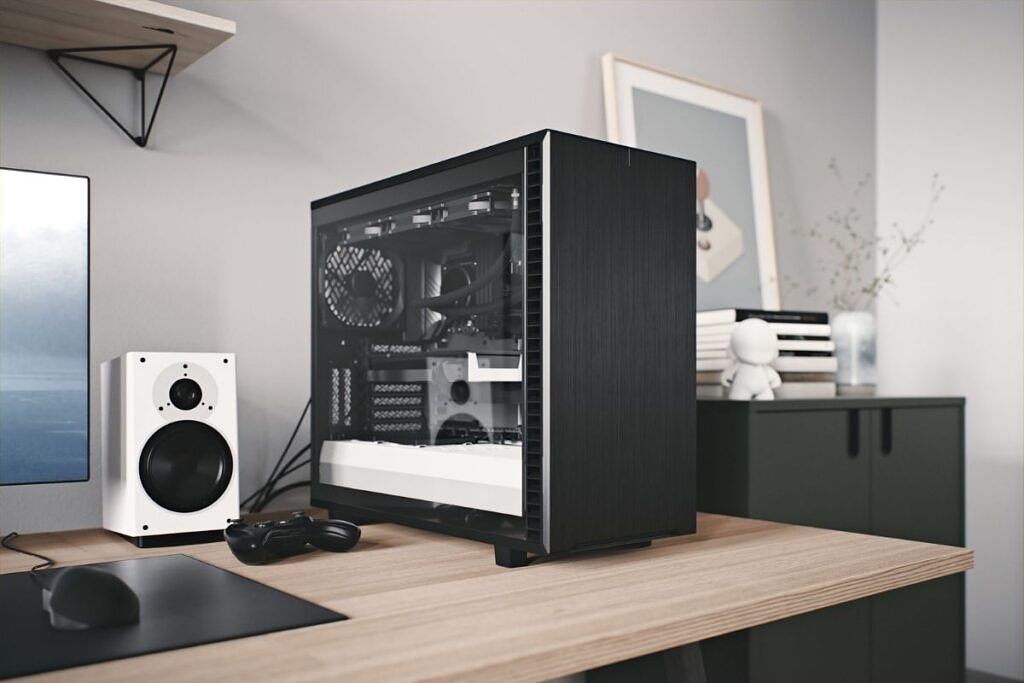Quick Links
Most people tend to prioritize choosing the best CPUs and the best graphics card over anything else while building a PC. The decision of picking the best PC case is often overlooked and is usually considered an afterthought. While the core components like the CPU, GPU, motherboard, etc. are important for the build, the PC case is perhaps the one that should be picked first. A chassis is more than just a box to put your PC components and hide the cables. Not only does it give an identity to your build, but it also plays a crucial role in determining what components can fit inside. Not to mention, it also influences factors like thermals, noise levels, and more. In this article, we'll try to break down a few important things and tell you how to pick a PC case.
Note: The different factors mentioned in this buying guide no particular order. Each and every one of them is important to consider and can greatly affect your overall experience.
Choose the PC case size
When it comes to PC cases, there are several different sizes. Your options include a full tower, a mid-tower, and the relatively smaller cases in the form of small form factor (SFF) PC cases. We recommend going with a mid-tower PC case for most users unless there's a very specific need for either a full tower or an SFF case. Mid-tower PC cases are widely available on the market as a popular pick. They aren't too large and offer plenty of space for all the important components of a build. The mid-tower PC cases are built for standard ATX motherboards on the market, but you can also fit in smaller boards. We don't recommend going with mini-ITX or micro-ATX motherboards though, as they leave a lot of empty space and it starts to look very weird.
Full tower PC cases are much larger in comparison to mid-tower cases. These cases can even fit in extended-ATX motherboards too. These cases are targeted towards enthusiasts builders who're on the lookout for a case that's big enough to fit things like, say, a custom cooling loop for a water-cooled PC. Some of the full tower cases are big enough to accommodate two builds inside the same chassis too. We recommend not to splurge on a full tower PC case unless you have a specific requirement of space to build a high-end PC with a lot of sophisticated components.
Lastly, we have the small form factor PC cases. These PC cases, as the name suggests, are the smallest of the bunch. These chasses are perfect for those who don't necessarily have a lot of space to accommodate even a mid-tower case. Some of these SFF cases are as small as the gaming consoles, which means they can even fit in your living room's entertainment center. The idea of buying an SFF PC case sounds pretty cool, but it quickly starts to fade when you consider things like the complexity of the build, thermal management inside a small enclosure, and more.
Building inside an SFF PC case can be frustratingly difficult. There are a lot of things to consider and you may not even be able to use a lot of components of your choice due to the lack of space. Not to mention, cooling an SFF build can also be a complex task in itself. Generally speaking, a mid-tower PC case is perfect for most people. Leave the rest unless you're an experienced builder with a very specific set of requirements.
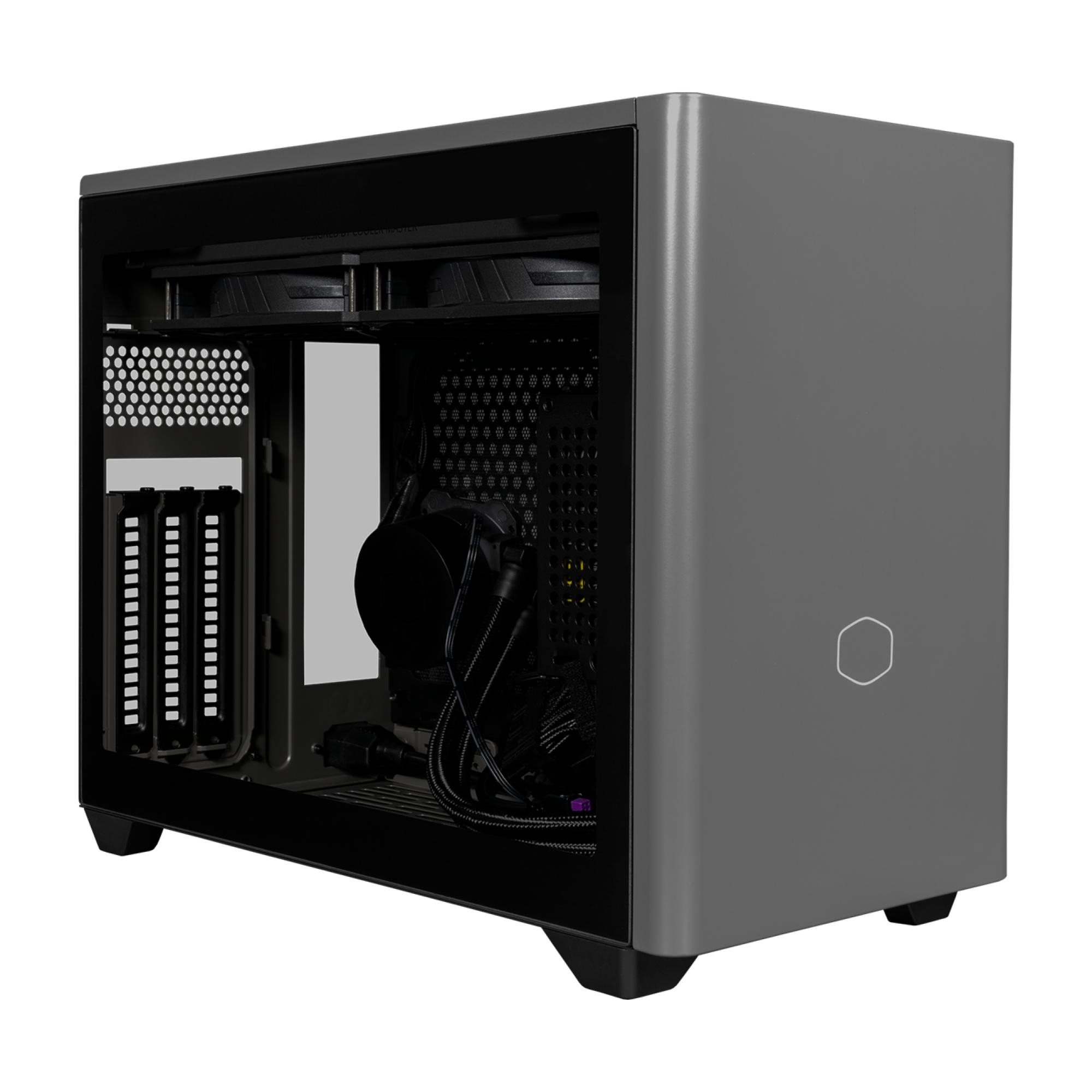
Cooler Master NR200P Max
The Cooler Master MasterBox NR200P MAX is the only case in this collection that comes preinstalled with an AIO and a PSU.
Cooling solution
The cooling solution is once again tied to the PC case size but it deserves a special mention due to the sheer amount of cooling solutions that are available on the market. It goes without saying that not all PC cases have the same ability to move air around inside the chassis. SFF PC cases suffer the most in this regard due to the lack of space in the enclosure. This comes down to how big the enclosure is and also how many case fans are installed inside the chassis.
We recommend paying close attention to the number of air vents on the case and the amount of space available to mount case fans. While most PC cases will allow you to install as many as six or even more fans, there are some cases on the market with barely any space to install more than two. Your case should have at least one fan for intake to get fresh air into the chassis, and others for exhaust. If not fans, then at least make sure your case of choice has enough air vents to passively move air in and out of the chassis. An airflow case is recommended over the ones with tempered glass if you don't have enough fans. The glass front and top panels restrict the airflow without fans to force the air in and out of the case.
We also recommend buying PC cases with dust or mesh filters installed on the vents. This will greatly help you keep your PC clean and devoid of any dust. In fact, having a filer is a must if you have pets in your house. You only realize how bad the condition of your PC is once you open it up to clean the internals.
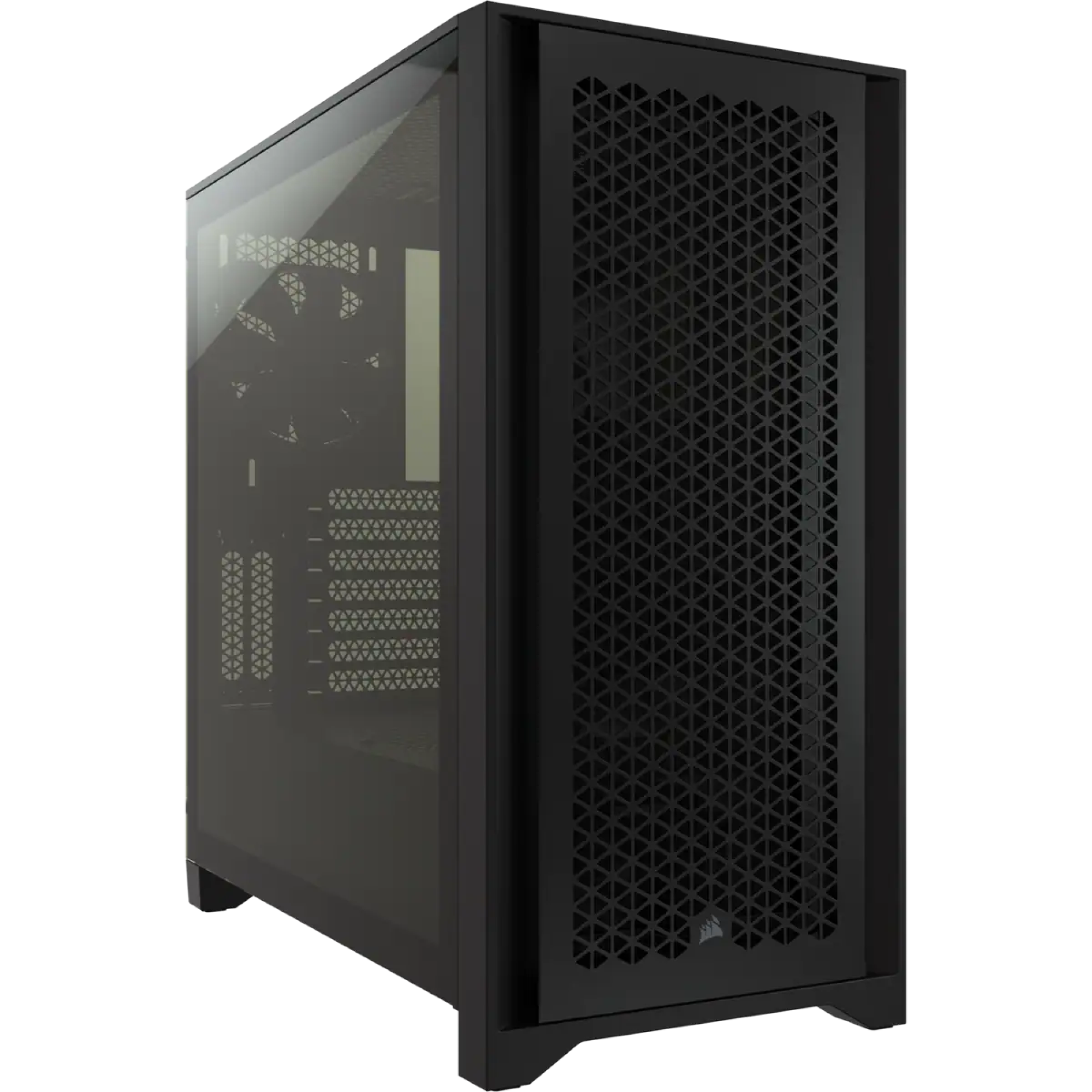
Corsair 4000D Airflow
The Corsair 4000D Airflow is a fantastic mid-tower PC case that's both functional and easy to work with.
CPU cooler compatibility
There are two kinds of CPU coolers: air coolers and liquid coolers. In the case of air coolers, you have to check for the CPU cooler clearance of a case. This is specified by each case manufacturer on the spec sheet. This is crucial if you're planning to use a big-sized CPU cooler like the Noctua NH-D15, for instance. Some of these big-sized coolers may have issues fitting inside a case, so be sure to check if the cooler's max height is too big for the case.
Liquid coolers, on the other hand, come with radiators that need to be mounted on the case along with fans. So in this case, it's important to check the size of radiators you can mount inside the chassis. The size of the radiator can be anything starting from 120mm to 420mm. We think 240mm and 360mm are the sweet spots for most coolers. The Cooler Master MasterLiquid ML360 Illusion, for instance, comes with a 360mm radiator. You can mount it either on the front, top, or even the side panels in some cases. The size of the radiators remains the same even when you're building a custom loop. Radiator thickness may vary, but a full tower PC case with enough space for a custom loop will have clearance for that too.
Front IO panel
All PC cases have a front IO panel. We don't recommend buying a particular case if it doesn't have one. The front IO panel, is where you usually have a bunch of ports including a headphone jack, a microphone jack (in some cases), a couple of USB ports, and the power button. The kind of ports you want here depends on your needs, really. Reaching the motherboard IO panel at the back of the case is usually a hassle if you want to quickly connect, say a storage drive to transfer files.
We recommend picking up a case with a couple of USB ports. Having a USB Type-C port is definitely a plus, but a lot of cases don't have that option. It's worth pointing out that the front-panel headphone jack usually outputs bad audio quality. We recommend using the audio ports on the motherboard or using an external audio DAC or a sound card. A lot of cases also have a handy RGB lights control button that lets you switch between different colors for the lights inside the case. Again, all this comes down to your personal preference. The Corsair Obsidian 1000D — our pick for the best full tower PC case — offers six USB ports on the front.
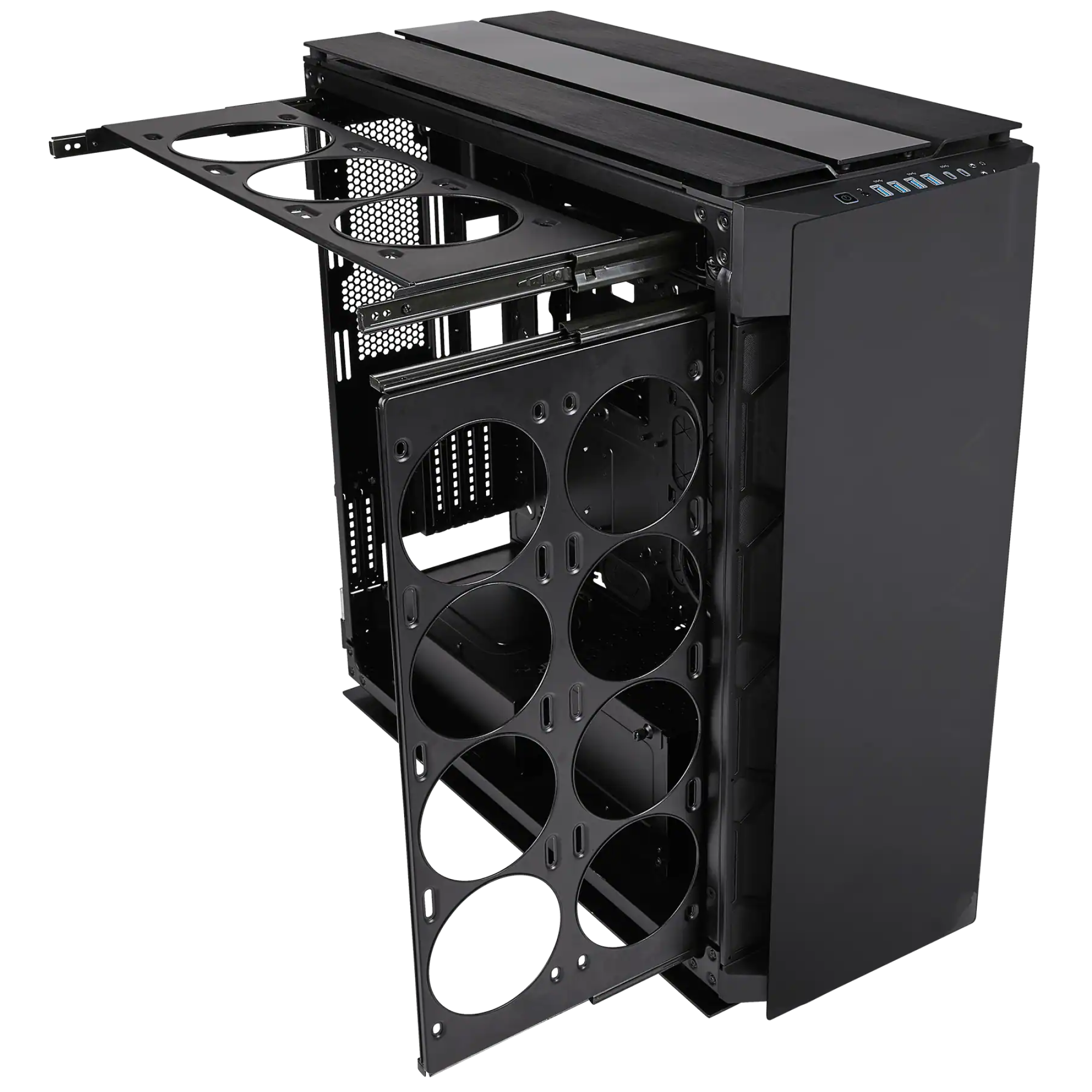
Corsair Obsidian 1000D
The Corsair Obsidian 1000D full-tower chassis is one of the biggest PC cases you'll find on the market. This particular case comes with six USB ports on the front.
Component clearance
Component clearance is perhaps one of the most important things to consider while buying a PC case. This is more important now especially when you have a lot of high-end components that can take up a lot of space inside the chassis. Luckily, all PC case manufacturers now mention the CPU cooler and GPU length clearance of their respective cases. In the case of CPU coolers, you have to make sure if the height of the cooler — with its heatsink— is within the specified limits. We already mentioned this above while discussing CPU coolers.
The total height of the NH-D15, for instance, including fans is 165mm. This particular cannot fit inside a PC case like, say, the Corsair Crystal Series 280X. This particular case offers a maximum CPU cooler height clearance of just 150mm. This should really be an issue in the case of full tower PC cases, but you might want to check this thoroughly while buying a mid-tower or small form factor case. If you're using a liquid CPU cooler, then make sure your case has enough space to mount the radiators for the same.
Similarly, a lot of modern graphics cards on the market are also longer than the average GPUs on the market now. GPUs like the GeForce RTX 3080 and the GeForce RTX 3090 require more room inside the chassis. In GPU's case, you should check the spec sheet to find out the total length of the card and your PC case has enough space to accommodate that. A lot of modern GPUs also take up more than two expansion slots located at the back of the case. This shouldn't be an issue since most mid-tower PC cases and above have plenty of expansion slots. Notably, you can also check if your PC cases come with vertical slots to mount the GPU vertically inside the case. This is a novelty feature that's not available in a lot of cases.
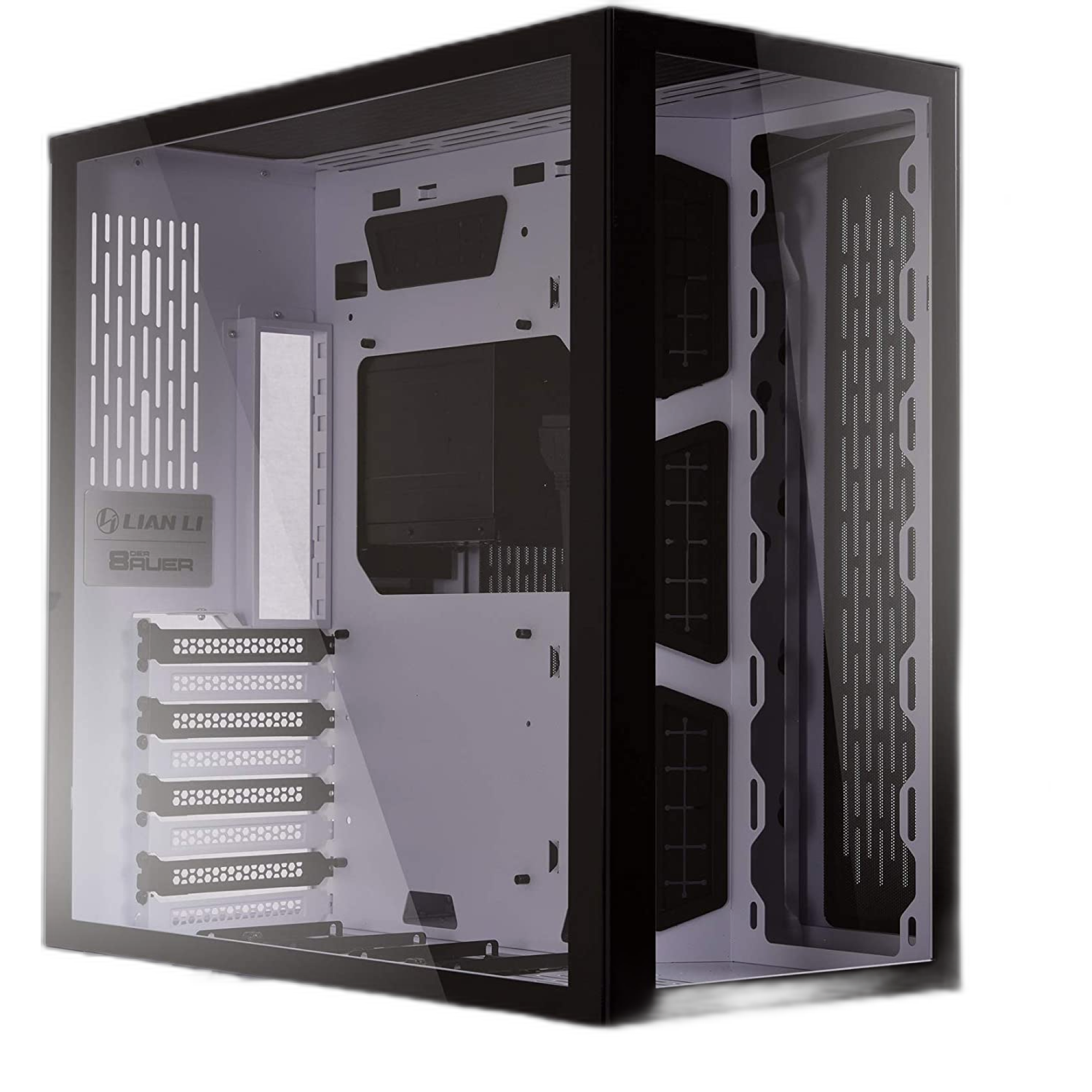
Lian Li PC-O11 Dynamic
The Lian-Li PC-O11 Dynamic is arguably one of the best PC cases on the market right now.
Design: Buy a case that looks good
A PC case gives an identity to your computer. It's either going to be sitting on the desk next to your monitor or somewhere in the close vicinity. Either way, you'll be looking at your PC case almost on a daily basis. So why not pick something that you like to look at? In addition to the factors mentioned above, it's equally important to buy a case that's visually appealing. Almost all modern cases have a see-through glass or an acrylic panel that lets you see the internals. There are cases that are fully decked out RGB and others with a very minimal look and feel. You can also buy a white or even a pink PC case to match the overall aesthetics of your setup. This is entirely subjective, but we'll leave a couple of recommendations below.
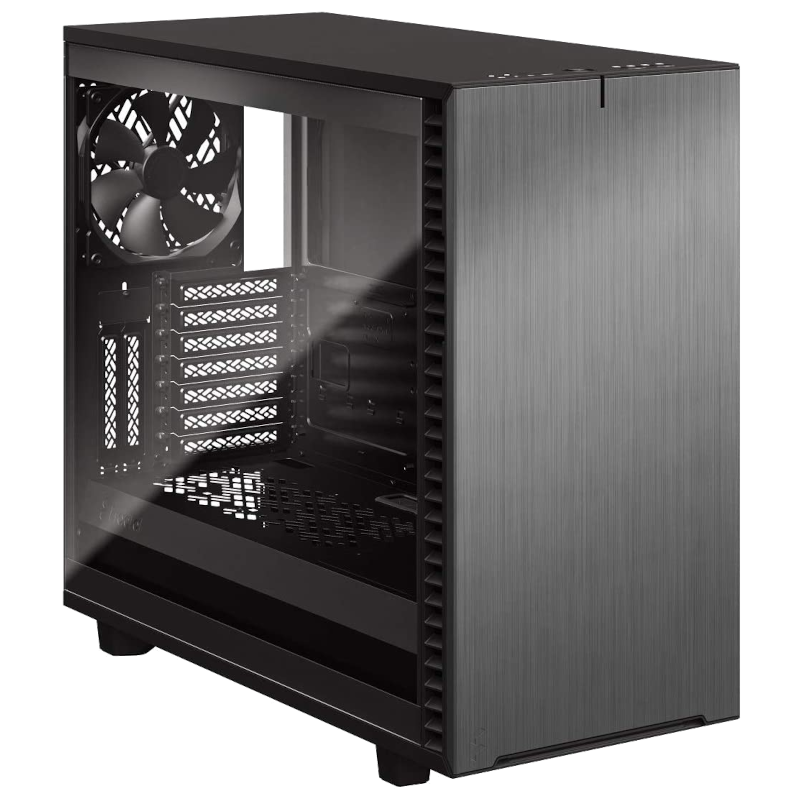
Fractal Design Define 7
The Define 7 PC case features sound-dampening material on its front, top, and side panels for quiet operation.
How to pick a PC case: Final Thoughts
There's no shortage of PC cases on the market for those who're looking to build a new PC. Most people will find plenty of what they need in a decent mid-tower PC case. These cases are big enough to accommodate all components without any clearance issues. A lot of mid-tower cases are also big enough for a full-fledge water-cooled PC, complete a pump, reservoir, and more. You also get a lot of airflow options in this space with plenty of room inside the chassis.
This how to pick a PC case guide barely scratches the surface of the entire process of building a PC. If you're planning a new build, then be sure to check out our PC building guide to help you get through all the important steps. You can also check out our PC cable management guide to find some simple and effective ways to clear the cable clutter — both in and around the PC.

